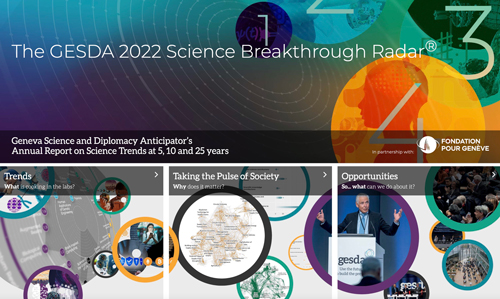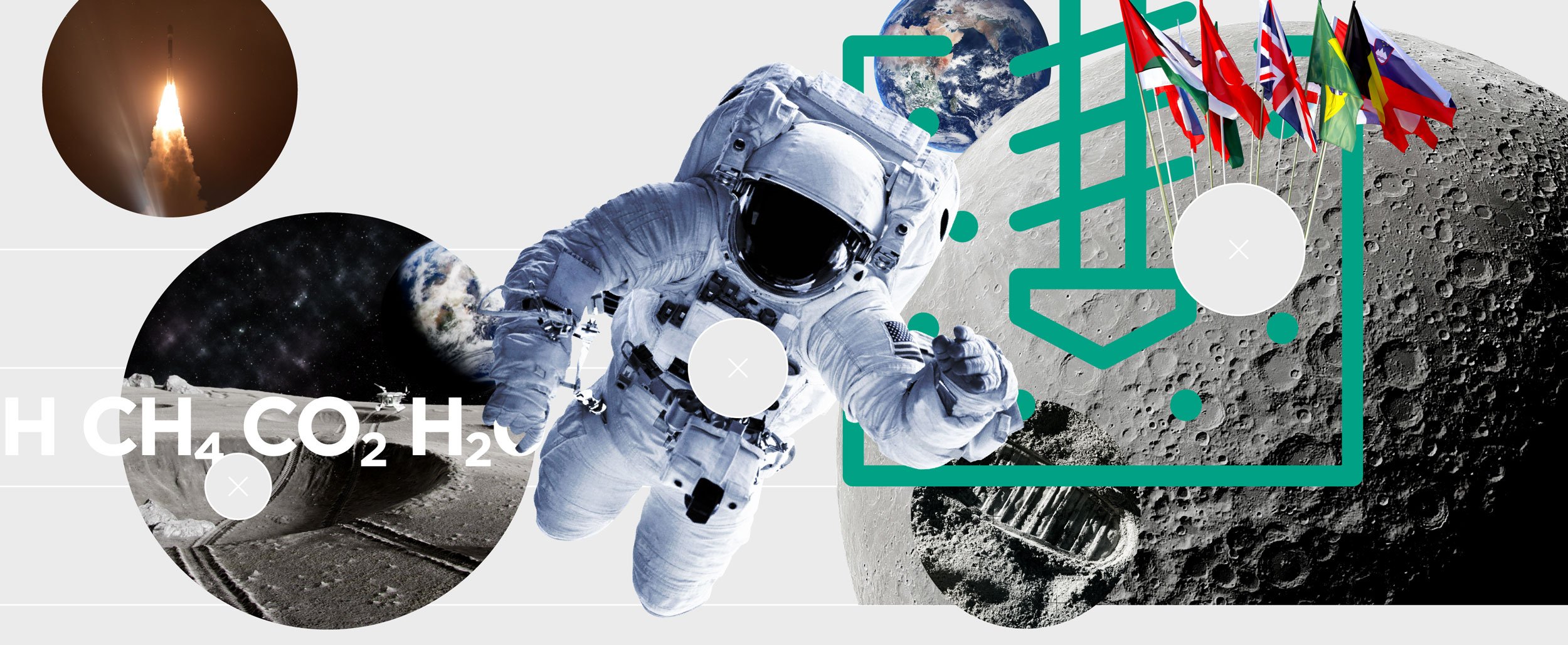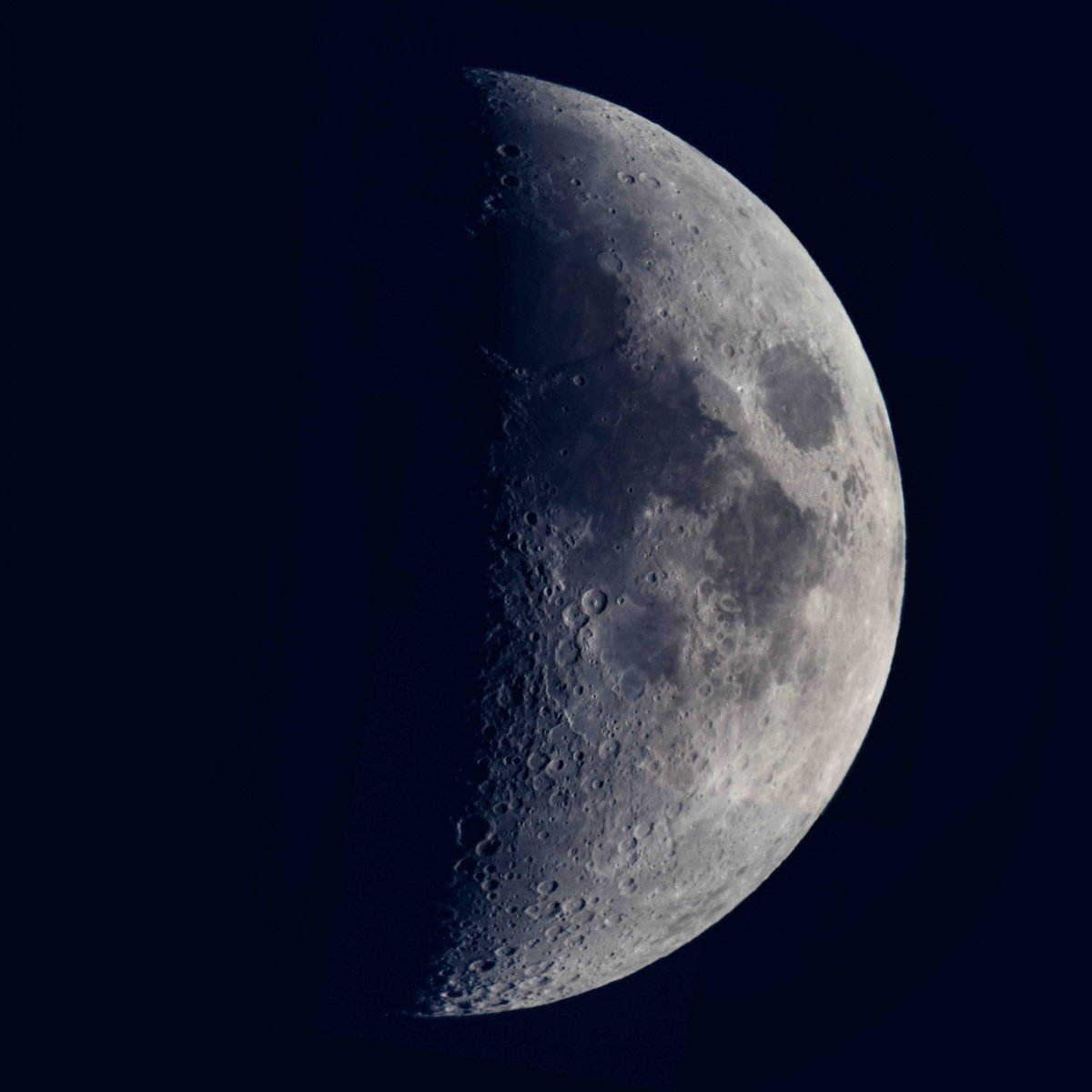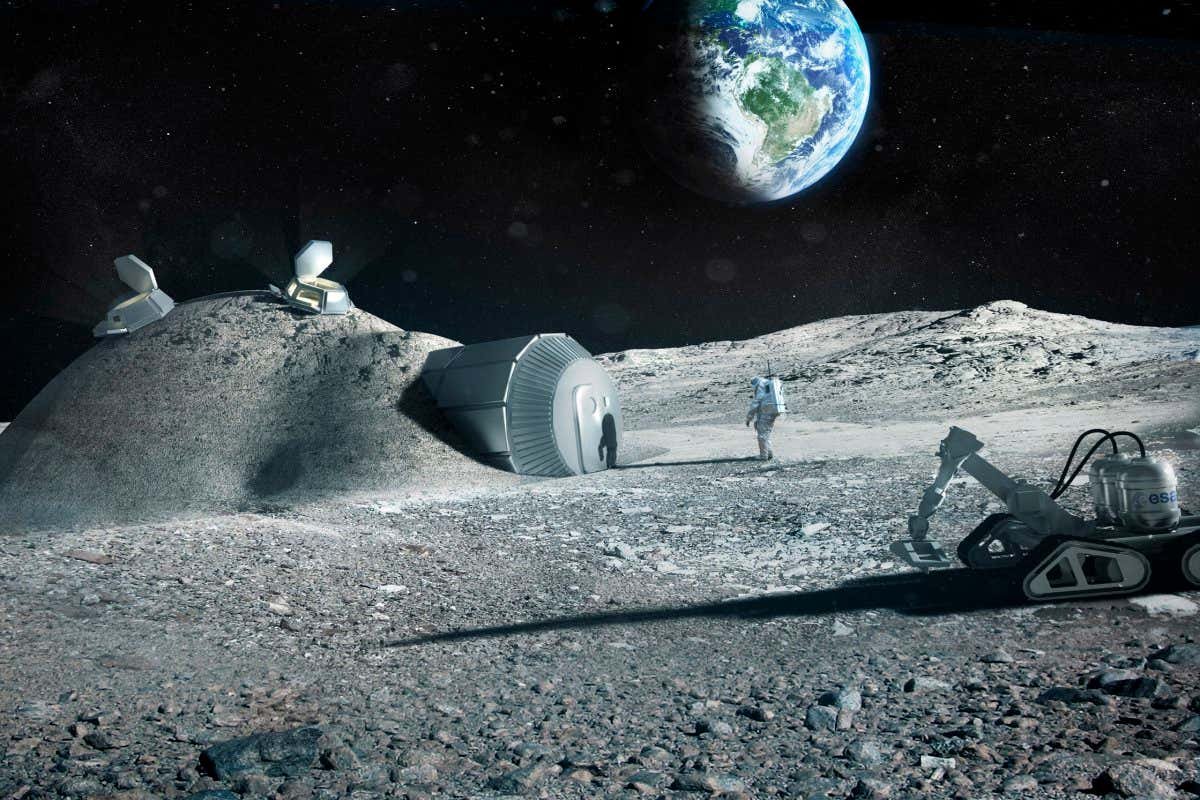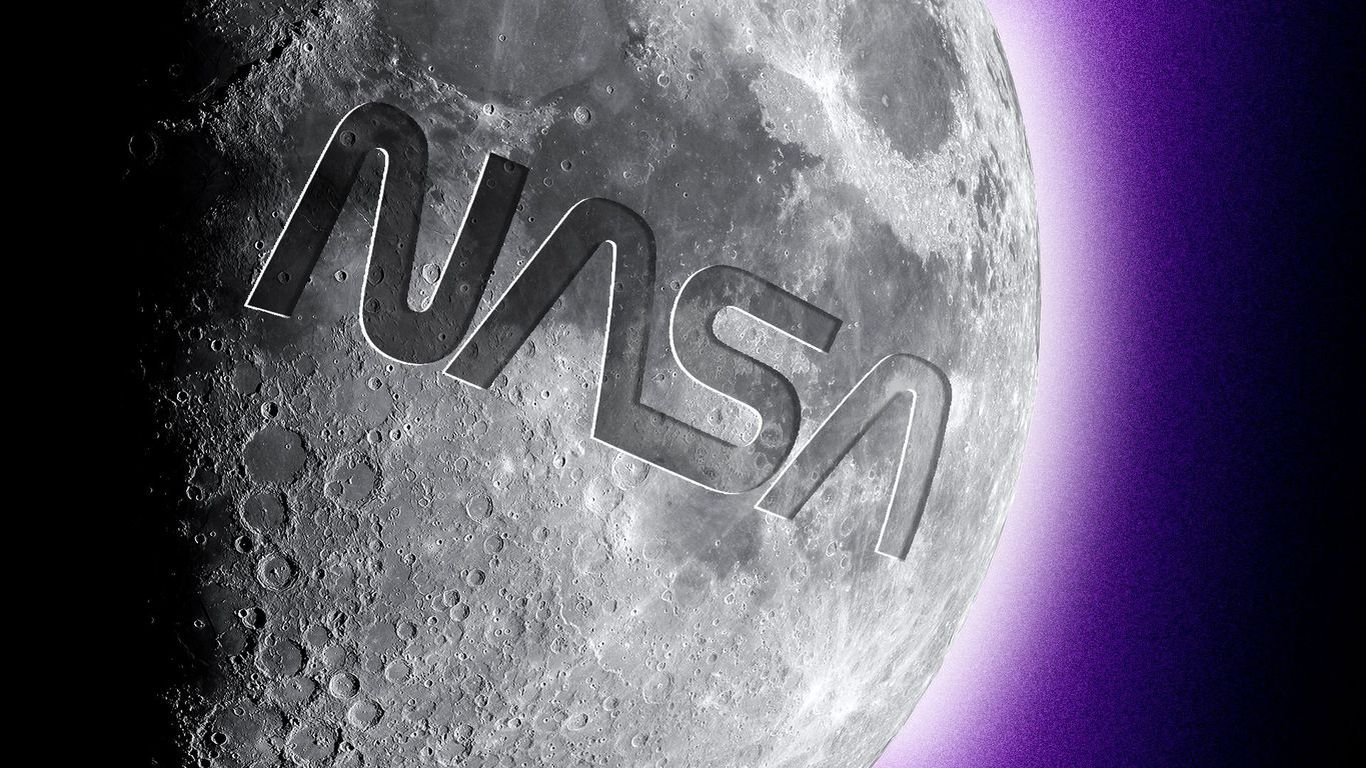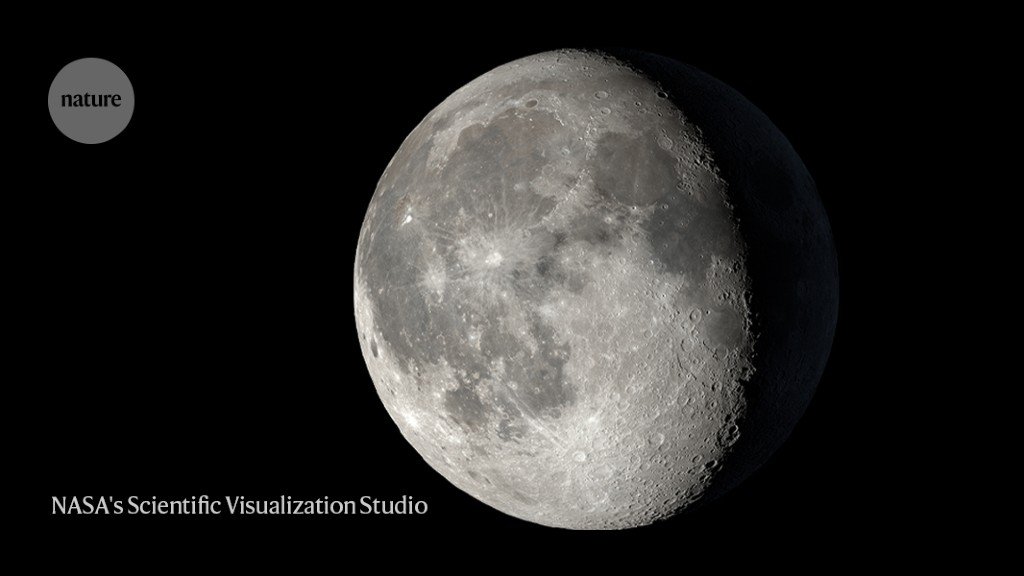The Moon contains resources like volatiles, minerals and rare metals that could potentially benefit Earth. A specific example is helium-3, a clean nuclear fusion fuel thought to occur in far greater abundance on the Moon than on Earth. However, for the time being, the feasibility of nuclear fusion power generation remains uncertain.23
There is evidence of water ice in the permanently shadowed craters on the Moon’s surface. Water supports life, in liquid form as well as owing to its oxygen content, and can also be turned into rocket fuel, in the form of hydrogen and oxygen gas. The cost of launch from Earth has driven innovation in wastewater management for the crews in the International Space Station. In the past couple of years, launch costs have been reduced by more than an order of magnitude. SpaceX’s Falcon 9 payload cost is less than $3,000 USD per kilogram.24 The value of extracting water on the Moon, whether for local lunar use or for refueling in cislunar space, will be determined in relation to such costs.
A new generation of lunar missions will generate much discussion about the lunar environment and how it should be preserved. For example, the radio silence on the far side of the Moon is valuable for astronomical observations, but could easily be disrupted by communications arising from a human presence. An example that calls for better transparency around issues of contamination is the first privately funded mission to the Moon in 2019, the Israeli Beresheet lunar lander, that crashed to the surface with a cargo including tardigrades, microscopic organisms that can survive extreme environments like space.
Private companies are also developing capabilities to take people to the Moon. NASA awarded a $2.9 billion USD contract to SpaceX for the human landing system for the Artemis program planned for 202425, not without objection from competitor Blue Origin. This raises important questions about how potential private visits to the lunar surface should be governed, whether they should be subject to any kinds of restrictions, and how these could be enforced.
